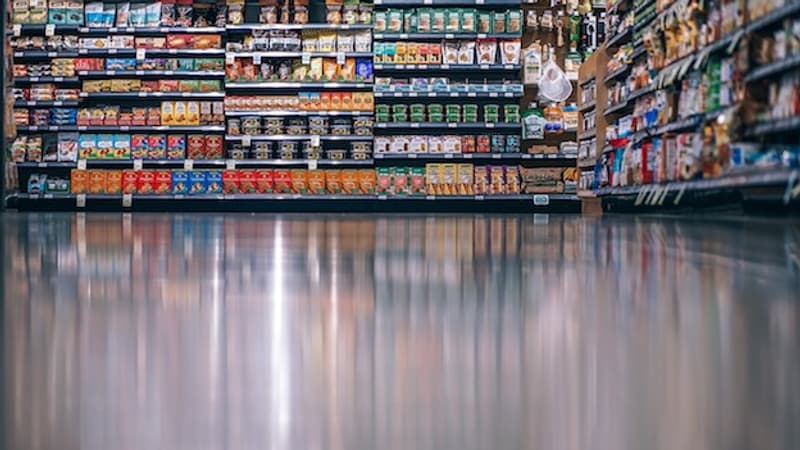Two days after the end of the tense negotiations between large retailers and their agri-food suppliers, almost “100%” of the contracts at stake have been signed, the main industrial employer, Ania, told AFP on Friday.
Annual negotiations make it possible to set the prices and conditions under which supermarkets source from manufacturers. They ended Wednesday at midnight, after three months of talks.
+14.5% in February
Its conclusion has an impact on the reception of consumers, who have already seen food prices rise by 14.5% annually in February according to INSEE.
Manufacturers defended by the National Association of Food Industries (Ania) and distributors grouped in the Federation of Commerce and Distribution (FCD) agree that the increase in prices paid by supermarkets to their suppliers is of the order of 10%.
Although the prices on the shelves will gradually increase from now to the summer following these negotiations, this estimate does not necessarily imply that the runs will increase to the same extent, to the extent that there are still stocks to sell, and distributors can also soften the price. inflation by reducing their margins.
“We are not going to pass all these increases as a wall,” Michel-Edouard Leclerc, president of the strategic committee of the E.Leclerc centers, a leader in food distribution in France, told France Info on Friday morning.
Confrontation between manufacturers and supermarkets
Manufacturers had demanded an increase of “10 to 12%” to pass through the increase in their production costs, in particular energy, while supermarkets clamored for the lack of transparency and denounced unjustified, even “delusional” requests.
In the event that a brand and a supplier do not reach an agreement on the conditions of sale of a product, the agricultural trade relations mediator, Thierry Dahan, can come into play.
Of those 70 files, a dozen mediations -mainly referring to heavyweights in the food industry- have failed, a large number, according to him.
Source: BFM TV


